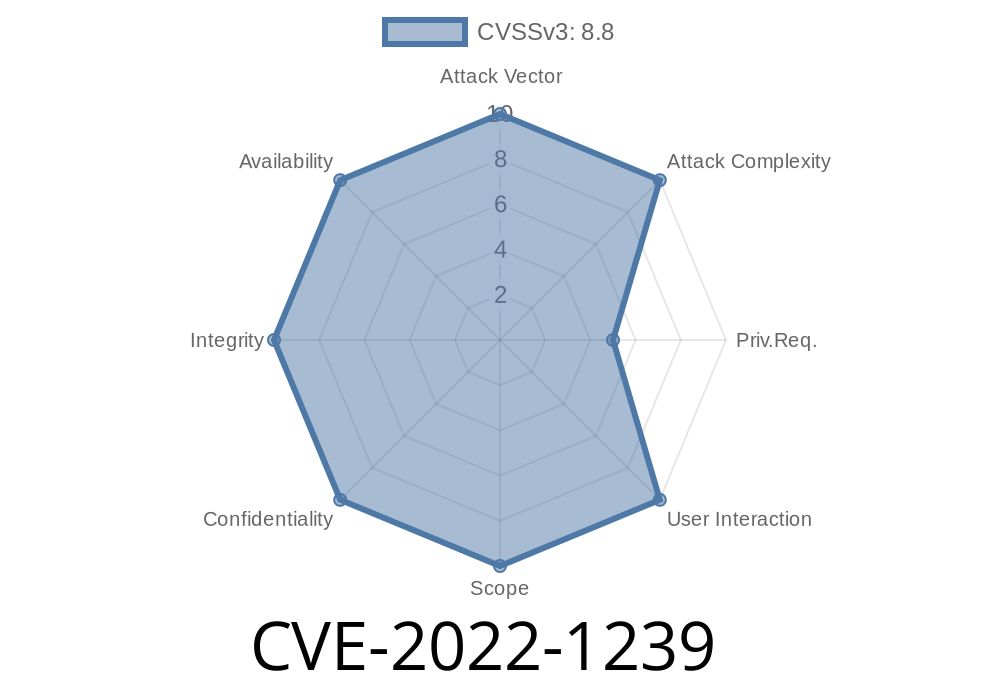Recently, a significant vulnerability, identified as CVE-2022-1239, was discovered in the HubSpot WordPress plugin before version 8.8.15. The issue stems from the plugin failing to validate the proxy URL given to the proxy REST endpoint. As a consequence, users with the edit_posts capability (such as contributors) can perform Server-Side Request Forgery (SSRF) attacks. To better understand this critical vulnerability, let's dive deeper into its mechanics, the code behind it, and ways to exploit and remediate it.
Background
HubSpot is a popular platform that provides marketing, sales, and customer service solutions. Their WordPress plugin integrates HubSpot tools and features into the WordPress admin, simplifying the process for non-technical users. The plugin's vulnerability, CVE-2022-1239, has potentially severe implications for many website owners.
Exploit Details
SSRF represents a class of vulnerabilities that allow an attacker to initiate network connections from a vulnerable server to arbitrary servers, both internal and external, bypassing security measures like firewalls. In the case of HubSpot's plugin, a user with edit_posts access can leverage the vulnerability to conduct SSRF attacks on internal and external networks, potentially compromising the target's security posture.
The lack of proper URL validation allows malicious users to adjust the proxy URL parameter and access arbitrary resources located within the internal or external networks.
Let's take a look at a sample code snippet demonstrating the issue
function hubspot_proxy_request() {
// Check permissions and perform SSRF using the provided proxy URL
if (!current_user_can('edit_posts')) {
wp_send_json_error('Forbidden', 403);
}
$proxy_url = $_GET['proxyurl'];
// ... No validation for $proxy_url ...
$response = wp_remote_request($proxy_url);
wp_send_json($response);
}
As we can see above, the hubspot_proxy_request() function first checks if the current user can edit_posts. If the user passes this check, the function uses the unverified $proxy_url from the $_GET parameter to initiate an HTTP request, opening the door to SSRF attacks.
Here are some references providing additional information about the vulnerability
1. HubSpot WordPress plugin Vulnerability Advisory
2. CVE-2022-1239 Details - NIST National Vulnerability Database
Fix and Recommendations
To remediate the vulnerability, users should update the HubSpot WordPress plugin to version 8.8.15 or later, which addresses the SSRF issue. Apart from updating the plugin, website owners should regularly review and update all plugins, themes, and other components to minimize potential security risks.
To prevent similar vulnerabilities in your custom plugins, always sanitize and validate user input and employ secure coding practices. For SSRF mitigation, avoid processing untrusted URLs, and use allowlists for resources if needed.
Conclusion
CVE-2022-1239 highlights the importance of regular updates and security reviews for third-party plugins, themes, and components used in a WordPress installation. Taking the necessary steps to fix this issue will help maintain a secure and trustworthy website for visitors, customers, and content creators alike.
Timeline
Published on: 05/02/2022 16:15:00 UTC
Last modified on: 05/09/2022 14:38:00 UTC
